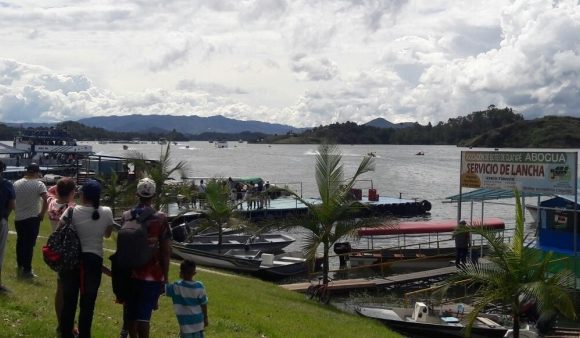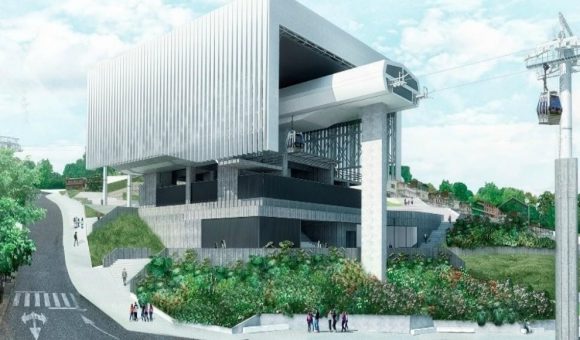Conconcreto Nabs French Investor Vinci; Unveils Antioquia Port Project

Medellin-based construction giant Conconcreto announced December 17 that it finalized a COP$289 billion (US$86 million) “strategic” investment deal whereby France-based global infrastructure project-development giant Vinci will take a 20% equity stake in Conconcreto.
The new alliance not only combines the engineering and construction experience of both companies but also adds “financial muscle [that] will allow us to get involved in [more] large infrastructure projects and concessions [and] explore new market niches in Colombia,” including the massive “generation four” (4G) highway construction projects now underway in Antioquia and elsewhere in Colombia.
“The alliance that was created to participate in [4G highway project] concessions today has transcended and becomes an engine for new challenges and ratifies our commitment to the country to build a new infrastructure that will allow Colombia to be more competitive,” added Conconcreto president Juan Luis Aristizabal Velez.
Vinci describes itself as a “world leader in construction and concessions, with operations in 100 countries” and consolidated revenues of €38.7 billion (US$42.1 billion) in 2014. Vinci employs 185,000 people across 2,100 companies in different regions of the world.
Darien-Uraba Seaport Project
On a related front, Conconcreto unveiled a proposed US$1 billion “Darien International” seaport at the Caribbean coastal town of Necocli, in the Uraba region of Antioquia, about 4.5-hours driving-distance to Medellin. The proposed port would open by 2020 and handle some 680,000 tons/year of cargo initially. Phased expansion would boost freight capacity to 21 million tons/year by 2050, according to the company.
The soon-to-be-opened Panama Canal expansion is a crucial reason for the proposed Darien port, along with the under-construction “4G” highways linking Antioquia’s new freight ports to Medellin and other key trade centers.
“Phase 1A” of the project – including a 300-meters-long dock, cranes, a 30-hectares freight staging area and related port infrastructure — would require an investment of US$247 million. The related “Phase 1B” (in 2019-2020) – adding another 335-meters-long dock for container handling — would require US$206 million more, according to the company.
“Phase 2” (in 2029) – adding another 335 meters to dock length as well as additional storage capacity for more containers — would require US$292 million more, while “Phase 3” (in 2038) – adding 425 meters of dock length for expanded container movements — would require another US$273 million, according to the company.
















